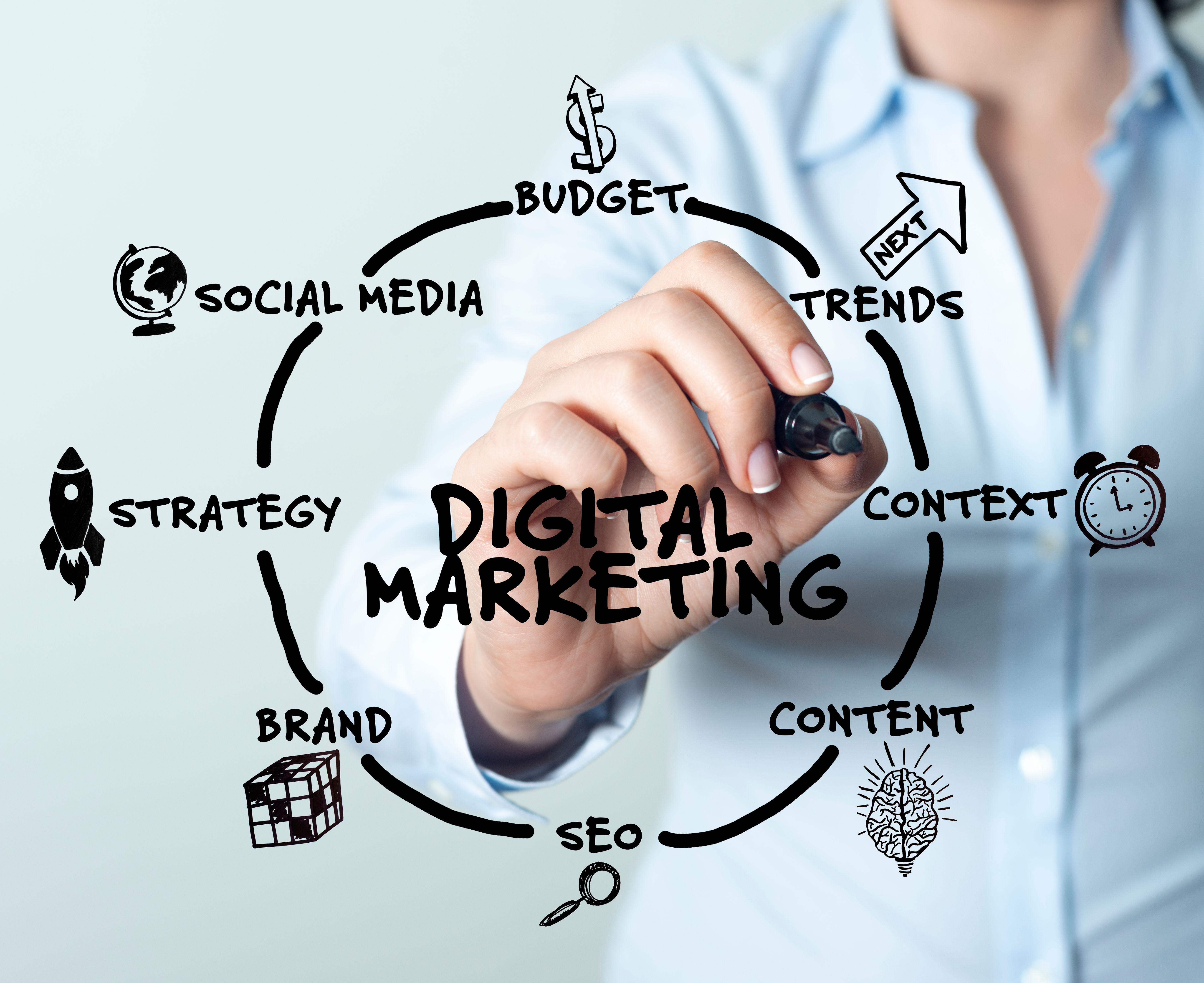Harnessing Augmented Reality: Transforming Advertising for Marketers
Understanding Augmented Reality in Advertising
In recent years, augmented reality (AR) has emerged as a groundbreaking technology, radically transforming the landscape of advertising. By superimposing digital information onto the physical world, AR offers marketers an innovative way to engage consumers and enhance brand experiences. This fusion of reality and technology is not just a passing trend; it's a revolutionary tool that is reshaping how brands communicate with their audiences.
AR provides an interactive experience that allows consumers to visualize products in real-world settings, making advertising more immersive and personalized. This capability not only enhances consumer engagement but also significantly influences purchasing decisions. As a result, marketers are increasingly incorporating AR into their advertising strategies to stand out in a crowded marketplace.

Benefits of Augmented Reality in Advertising
The use of AR in advertising offers numerous benefits that can elevate a brand's marketing efforts. Firstly, it increases consumer engagement by providing interactive and memorable experiences. When consumers can interact with a product virtually, they are more likely to remember the brand and develop a positive perception.
Moreover, AR can improve conversion rates by enabling consumers to make informed decisions. For example, virtual try-ons for fashion and beauty products allow customers to see how items will look on them before making a purchase. This reduces hesitation and returns, leading to higher customer satisfaction and loyalty.

Enhancing Brand Awareness and Reach
AR also plays a crucial role in enhancing brand awareness. By creating shareable AR experiences, brands can leverage social media platforms to reach a broader audience. Users are more inclined to share unique and engaging content, further amplifying the brand's message and visibility.
Additionally, AR can be used as a tool for storytelling, allowing brands to create compelling narratives that resonate with their target audience. By merging storytelling with interactive elements, marketers can create emotional connections with consumers, fostering long-term brand loyalty.
Implementing AR in Marketing Strategies
Integrating AR into marketing strategies requires careful planning and execution. Here are some key steps for marketers looking to harness the power of AR:
- Identify Objectives: Define clear goals for what you want to achieve with AR, whether it’s increased engagement, higher sales, or enhanced brand awareness.
- Select the Right Platform: Choose platforms that align with your target audience’s preferences and habits.
- Create Compelling Content: Develop interactive and engaging AR content that adds value to the consumer experience.
- Measure Performance: Track key metrics to evaluate the success of your AR campaigns and refine strategies as needed.

Future of Augmented Reality in Advertising
The future of advertising is undoubtedly intertwined with the advancements in augmented reality technology. As AR becomes more accessible and sophisticated, it will continue to offer innovative ways for brands to connect with consumers. Emerging trends such as AR glasses and more seamless integrations with mobile devices promise to further enhance these possibilities.
As marketers explore these opportunities, it is essential to stay ahead of technological developments and consumer preferences. By doing so, brands can ensure they are leveraging AR effectively to create impactful advertising experiences that resonate with their audience.